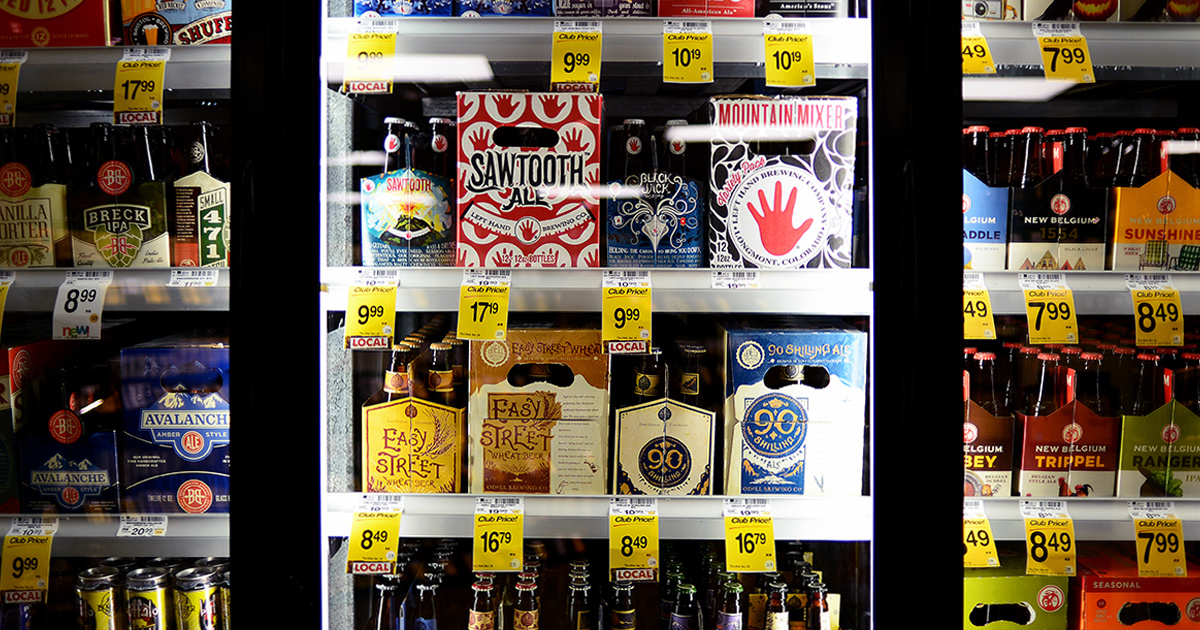

AAron Ontiveroz / Denver Post / Getty Images
However, the infiltration of plastics into our daily lives goes much deeper, making it hard to avoid this polluting material which will remain in our ecosystems for centuries to come.
It’s high time that corporates and governments step up to stem the tide of plastic, taking action to eliminate all but the most essential single-use plastic items.
1. Beer
Even the beer you drink may very well contain traces of plastic as a result of tap water contamination.
Earlier this year, scientists in the U.S. analyzed 12 beer brands from breweries which sourced water from the Laurentian Great Lakes and detected microplastic fragments (pieces of plastic smaller than 5mm) in every single one. A similar study conducted in Germany detected microplastic fragments in all 24 beer brands analyzed.
It is still unclear whether there are any risks to human health due to ingesting microplastics at these levels.
2. Drink Cans
Aluminium drinks cans are actually lined with a plastic resin. Composed mainly of epoxy, this coating is required to prevent the drink itself from corroding the aluminium of the can. While drink cans are recyclable (the plastic lining is burned off during the recycling process), they are certainly not plastic free.
3. Paper Cups
Disposable coffee cups, although largely made of paper, actually contain a thin lining of polyethylene plastic to make them waterproof so they can contain liquid without leaking.
Unfortunately, this makes them very difficult to recycle in anything other than a specialist plant (currently more than 99 percent of used paper cups in the UK are not recycled as a result).
4. Sunscreen
Besides potentially containing chemicals harmful to the environment, the sunscreen you use may also contain plastic.
A ban on the use of microbeads in various cosmetics was put in place by the UK government earlier this year but this is limited to so-called “rinse-off” products such as face scrubs and shower gels.
Sunscreen, classified as a “leave-on” product together with goods such as lipstick and mascara, is not covered by the ban and, as a result, several brands of sunscreen still contain microplastic ingredients such as polyethylene or polyacrylate.
5. Teabags
Teabags can contain plastic fibers and may not be 100 percent biodegradable as a result.
For several of the largest tea brands on the market, heat-resistant polypropylene fibers are incorporated into teabags during the manufacturing process to help seal them for subsequent transport.
Certain brands do produce teabags which are sealed without the use of plastic—using cotton thread, for example—and these are fully compostable.
- Corona Becomes First Big Beer Brand to Trial Plastic-Free Rings
- How to Have Yourself a Plastic-Free Christmas

 233k
233k  41k
41k  Subscribe
Subscribe 